Facelift (or face lift, quick lift, smas lift, short scar lift, facial rujevenation, thread lift, s lift, weekend lift, lunch time lift, one hour lift) is generally a procedure that lifts part of the face. It works to improve the jowl area (see figure 1),marionette lines (see figure 2), neck bands (see figure 3), neck laxity, double chin, and nasolabial folds (see figure 4). You can see the pictures showing where these anatomic structures are located. After a facelift, many of these things are improved as seen in the before and afters (see figure 5 & 6 ). There are many names for a facelift and you might have heard some of these names in the media. Essentially all facelifts including these advertised lifts that are labelled as minimally invasive all entail pulling on a layer of tissue called the SMAS or Superficial Muscular Aponeurotic System. The SMAS is the layer of tissue that includes the facial muscles and platysma as seen in figure 7. This layer of tissue is the layer that all facelifts lift or pull on to create the beneficial aspects of a facelift. It does so because the SMAS is connected to other facial muscles and the pulling of the SMAS is transposed to the facial muscles that are located around the areas that need to be improved. How do facelifts differ? They differ in terms of how much undermining the surgeon does in front of the ear, how deep the dissection goes, how long the incision is carried out and what other adjunctive procedures are included to improve the facelift results. Most minimally invasive facelifts entail less undermining, they usually use sutures to pull up the SMAS and they limit their dissection and the extent of their incisions. Minimally invasive facelifts that are advertised out there usually entail about 3-5cm of skin undermining in front of and behind the ear (see figure 8 blue line). Usually they entail also sutures to pull up the SMAS after skin undermining wtihout elevating the SMAS. Most minimally invasive facelifts leave the SMAS intact and use sutures to fold the SMAS up and hence shorten the SMAS lifting the face structures. The sutures typically grab the SMAS near the furthest part of the dissection and then are fixed and pulled to immobile tissue around the ear. The incision typically runs above the sideburn and then between the ear and the face. The incision can go in front or behind the tragus and then it is carried in front of the earlobe and then behind the ear normally running in the crease and then it goes along or within the hairline (see figure 8). More advanced facelifts extend their skin undermining (figure 8 Yellow line) and the length of the incision. They are more likely to take the incision along the direction of the green dashed arrow than minimally invasive facelifts. They also are more aggressive in their treatment of the SMAS through elevation of the SMAS and further dissection underneath the SMAS. Even more complicated facelifts carry their SUB SMAS dissection (dissection under the SMAS) over the facial muscles and specifically the zygomaticus major and minor which are the smile muscles (see figure 7). The reason for taking the dissection over the smiling muscles is to have more of an affect on the nasolabial folds. This approach is very complicated and usually mastered by the most experienced facelift surgeons. Here is a picture of this dissection over the zygomaticus major and minor (see figure 9 smile muscles are labeled and what you are visualizing is the zygomaticus major) which I did during an October 2009 facelift. Traditional facelifts are also more aggressive in their treatment of the neck muscles under the chin which I will discuss in a different blog. I hope this helps you in understanding the facelifts out there.
Thanks for reading, Dr Young
Dr Young specializes in Facial Plastic and Reconstructive Surgery and is located in Bellevue near Seattle, Washington
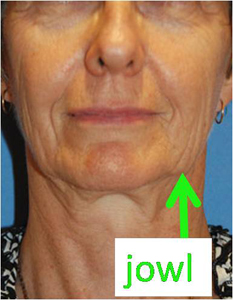
Figure 1
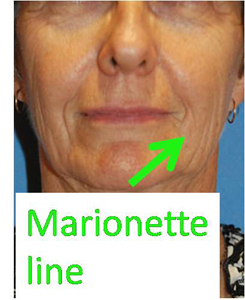
Figure 2
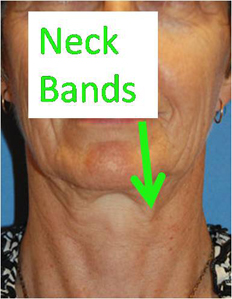
Figure 3
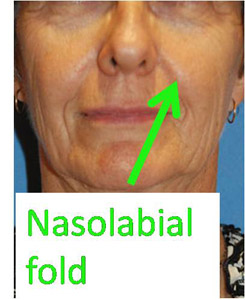
Figure 4

Figure 5

Figure 6
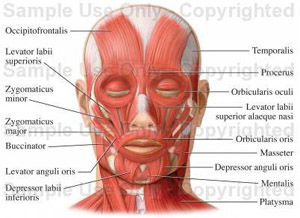
Figure 7

Figure 8
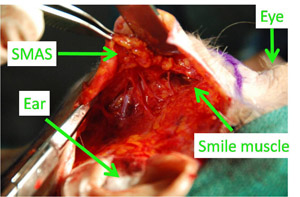
Figure 9